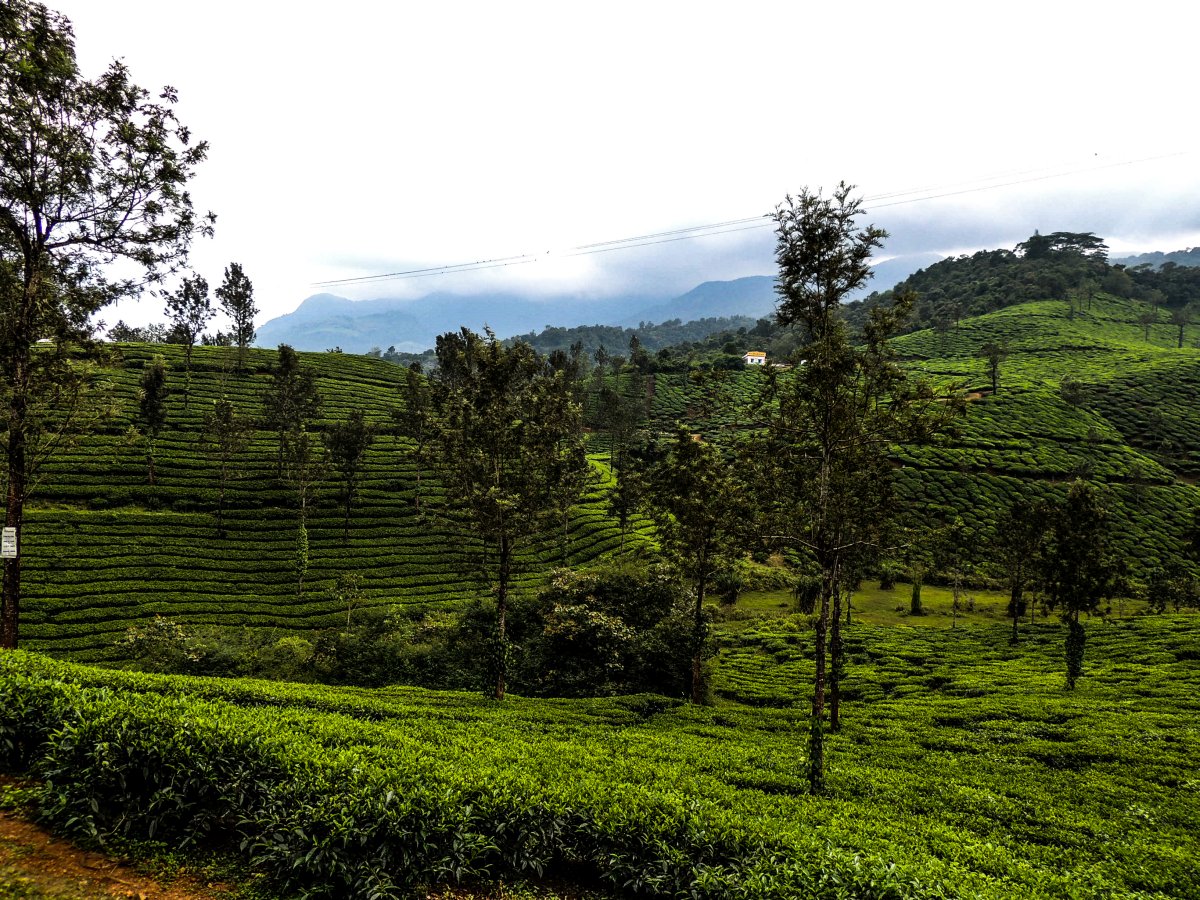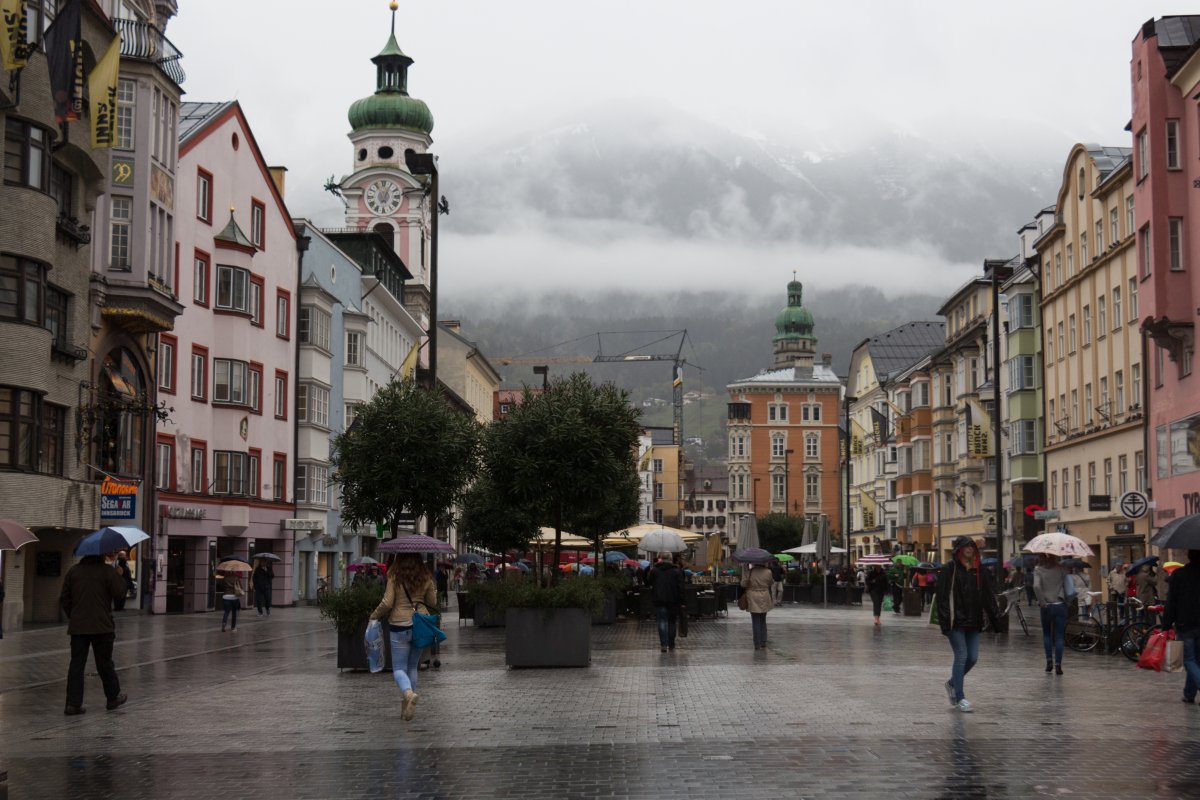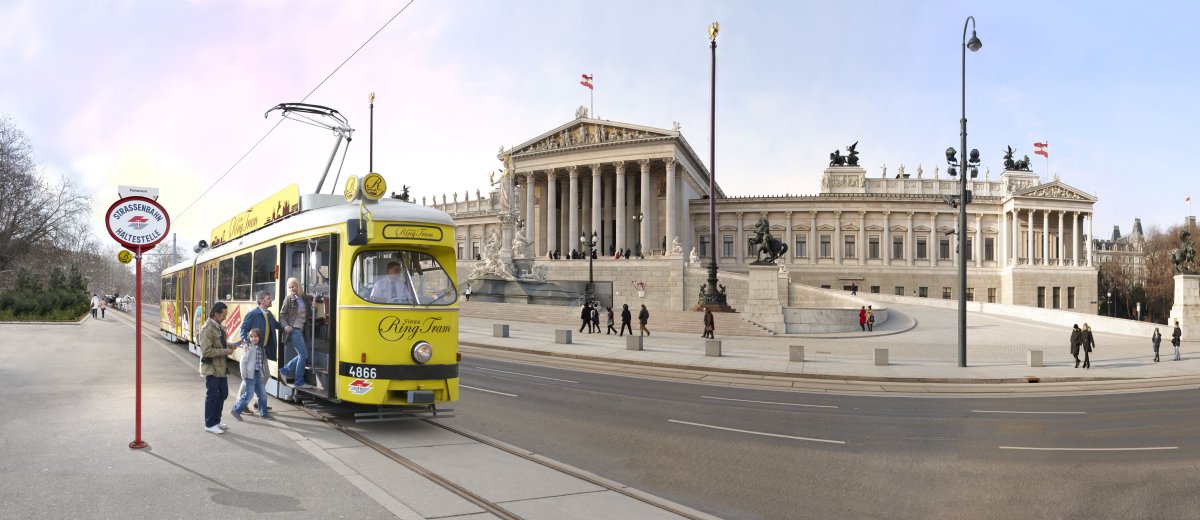Prayer – a state of mind
Prayer- a state of mind
Bhagvad Gita – Verse 5.27-5.28
sparaan krtva bahir bahyams
caksus caivantare bhruvoh
pranapanau samau krtva
nasabhyantara-carinau
yatendriya-mano-buddhir
munir moksa-parayanah
vigateccha-bhaya-krodho
yah sada mukta eva sah
Shutting out all external sense objects, keeping the eyes and vision concentrated between the two eyebrows, suspending the inward and outward breaths within the nostrils—thus controlling the mind, senses and intelligence, the transcendentalist becomes free from desire, fear and anger. One who is always in this state is certainly liberated.
When I asked my nine year old what he asks in his prayer, he stated I ask God to cure me of my fever whenever I catch one or rid me of pain. When I want to attain good marks I whisper in Nandi’s (Lord Shiva’s vehicle) ears. For me God is a friend whom I converse and have my monologues with. I love to have fresh cream and butter like Little Krishna.
As a kid I too have asked loads from the Lord in my prayers. From having a lighter complexion, reduce in hair fall; help me clear my exams to marrying my beau. Humans are selfish and when in need we reach out to the Almighty. Over the years my approach and view towards prayer has changed.
Prayer doesn’t need a reason or a specific place. You needn’t necessarily visit a temple or a puja room. Just watching the sunset can bring in a sense of peace and satisfaction. We are at peace when the virtuous and noble forces enter our heart and the demonic, evil forces from within and without, depart.
That said every item used in the puja symbolizes and brings in positivism in and around us. In the festive period we Hindus do use them in our rituals elaborately.
Whilst worshipping the Lord by performing abhishek, decorating the image and offering fruits, flowers and delicacies, we see the beauty of the Lord in all His glory. Aarti is often performed with camphor, diya and incense sticks. This holds a spiritual significance. Karpooram when lit burns itself out completely without leaving a trace. It represents our inherent tendencies. When lit by the fire of knowledge which illumines the Lord (Truth), our vaasanas burn themselves out completely, not leaving a trace of ego which creates in us a sense of individuality that keeps us separate from the Lord.
 |
| Source – Wikipedia |
We often wait a long while to see the illumined Lord but when the aarti is actually performed; our eyes close automatically as if to look within. This is to signify that each of us is a temple of the Lord. The kumkum covers the spot between the eyebrows, which is the seat of memory and thinking. The entire body emanates energy in the form of electromagnetic waves – the forehead and the subtle spot between the eyebrows. That is why worry generates heat and causes a headache. The tilak cools the forehead, protects us and prevents energy loss.
The chanting of the shlokas has a profound effect on the body and mind of the one who chants and also on the surroundings. Om is one of the most chanted sound symbols in India. Om is also called pranava that means, “That (symbol or sound) by which the Lord is praised”. The entire essence of the Vedas is enshrined in the word Om. It is said that the Lord started creating the world after chanting Om. This Diwali I would want to state the importance and significance of each puja item to my kids using Sampoorna Lakshmi Pooja Pack.
Our ancestors emphasized the use of these items for puja as they understood its benefits and this shouldn’t die down in the coming years.
This post is a contribution to the contest held by Cycle Pure Agarbathies (www.pureprayer.com)


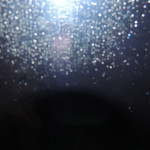

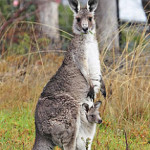
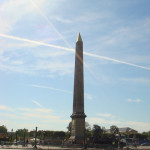
 `
`
